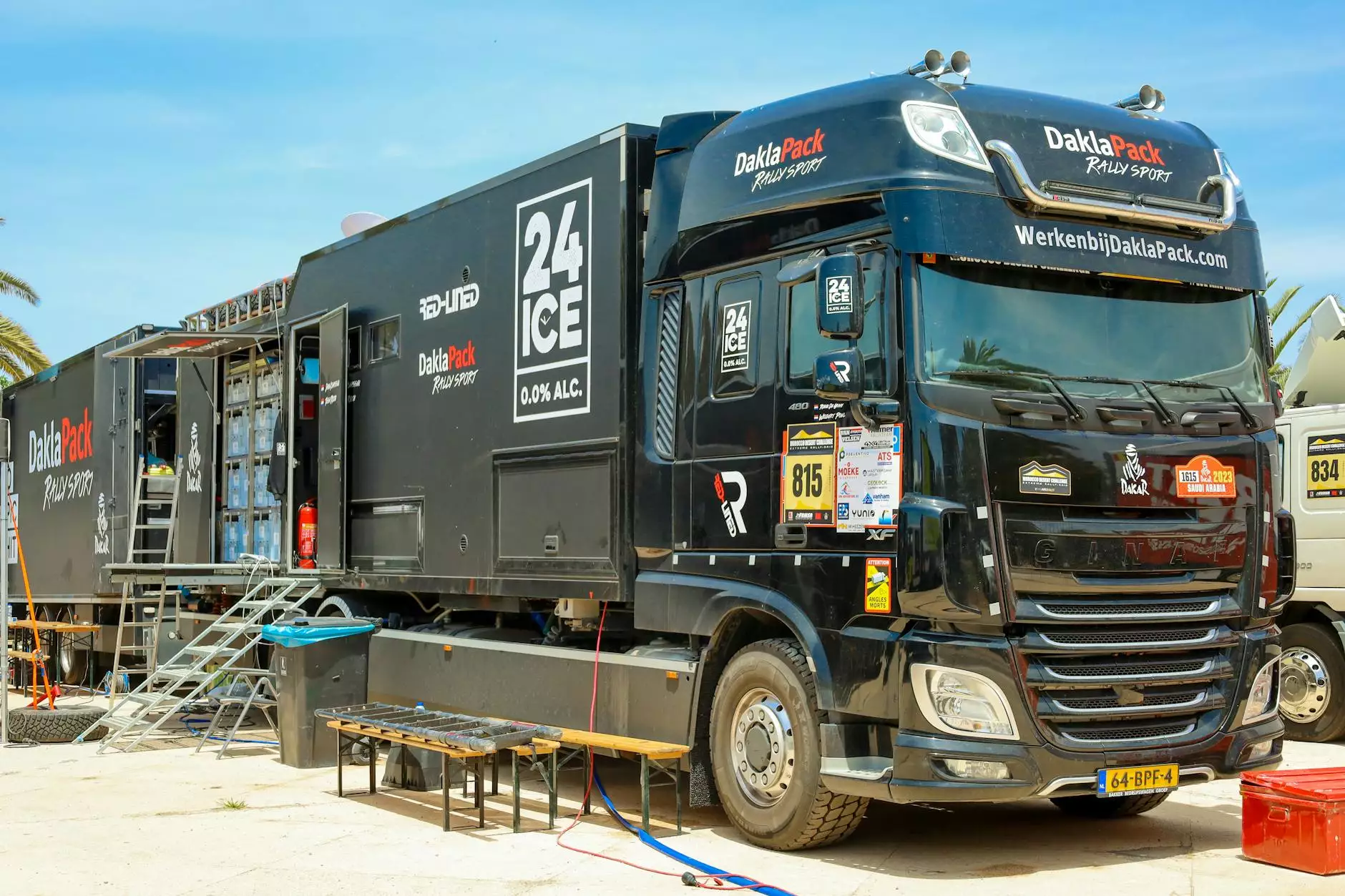Ultimate Guide to Jeep Wrangler Performance Upgrades

The Jeep Wrangler is synonymous with adventure, freedom, and rugged terrain. However, to truly unlock its potential and enhance your driving experience, performance upgrades are essential. In this comprehensive guide, we delve into various Jeep Wrangler performance upgrades that can significantly improve your vehicle's off-road capabilities and on-road handling.
Why Upgrade Your Jeep Wrangler?
Upgrading your Jeep Wrangler isn’t just about aesthetics; it’s about enhancing performance, safety, and overall capability. Here are several compelling reasons to consider performance upgrades:
- Improved Off-Road Capability: Optimize your Wrangler for challenging terrains.
- Increased Power and Torque: Boost acceleration and towing capacity.
- Enhanced Fuel Efficiency: Certain upgrades can improve mileage.
- Better Handling: Experience superior control both on and off the road.
- Customization: Personalize your Jeep to reflect your unique style.
Key Performance Upgrades for Jeep Wrangler
1. Engine Performance Upgrades
Engine upgrades are crucial for maximizing horsepower and torque. Here are a few options to consider:
- Cold Air Intakes: Increasing airflow to your engine can enhance combustion efficiency, resulting in more power. Popular brands include AFE and K&N.
- Performance Exhaust Systems: Upgrading your exhaust reduces back pressure and improves engine breathing, providing a deeper sound and a boost in horsepower. Look for options from Borla or Flowmaster.
- ECU Tune: Reprogramming the Electronic Control Unit can optimize engine parameters, improving overall performance and throttle response.
- High-Performance Headers: Improve exhaust flow with aftermarket headers for better engine performance.
2. Suspension Upgrades
Enhancing your suspension is vital for off-roading and maintaining comfort on the highway. Consider the following:
- Lift Kits: A lift kit not only improves ground clearance for better off-road capability but also allows for larger tires. Brands like Rubicon Express and Teraflex offer excellent options.
- Shock Absorbers: Upgrading to high-performance shock absorbers enhances ride quality and stability. Consider Fox Racing or Bilstein shocks.
- Control Arms: Adjustable control arms allow for better articulation and alignment, especially important after lifting your Wrangler.
3. Tire and Wheel Upgrades
The right set of tires can make a dramatic difference in performance. Here are some suggestions:
- All-Terrain Tires: Choose tires that balance on-road comfort with off-road grip. Goodyear Wrangler Duratrac or BFGoodrich All-Terrain T/A KO2 are highly recommended.
- Wheels: Lightweight alloy wheels improve handling. Be sure to match your wheel size to your lift kit and tire choice.
4. Braking System Upgrades
With great power comes the need for great stopping capability. Upgrade your brakes to ensure safety while off-roading:
- Performance Brake Pads: High-friction pads improve stopping distance.
- Slotted and Drilled Brake Rotors: These help dissipate heat and reduce brake fade during heavy usage.
Choosing the Right Upgrades for Your Needs
Not all upgrades are created equal. When selecting upgrades, consider your primary driving conditions:
- Daily Driving: Focus on comfort and efficiency with minimal lift and all-terrain tires.
- Off-Roading Enthusiast: Invest in aggressive tires, a full lift kit, and heavy-duty components.
- Overlanding: Consider weight distribution, cargo solutions, and long-range fuel options.
Installation Options: DIY vs. Professional
When it comes to installing performance upgrades, you have two main options: doing it yourself or hiring a professional. Here’s a breakdown:
1. DIY Installation
Many Jeep enthusiasts enjoy working on their vehicles and find that DIY installations offer a sense of satisfaction. Ensure you have the following:
- Basic Tools: Wrenches, sockets, and jacks.
- Time: Allocate plenty of time for research and installation.
- Tutorials: Utilize online videos or manuals for guidance.
2. Professional Installation
If you prefer a hassle-free approach, hiring a professional ensures:
- Expertise: Professionals typically have specialized knowledge of Jeep models.
- Time Savings: Faster installation compared to DIY.
- Warranty: Many shops offer warranties on their work and the parts used.
Maintenance After Upgrades
Once you’ve upgraded your Jeep Wrangler, proper maintenance is crucial to extend the life of your enhancements:
- Regular Inspections: Check for any loose bolts or parts after installation.
- Fluid Changes: Upgrade fluid types if recommended (e.g., differential or transmission fluids).
- Brake Checks: Monitor brake pads and rotors for wear based on increased performance.
Conclusion: Elevate Your Jeep Wrangler Today!
Investing in Jeep Wrangler performance upgrades not only enhances your vehicle's capabilities but also adds to the overall enjoyment and experience of driving a Jeep. Whether you’re conquering rocky trails or cruising on highways, the right upgrades can make all the difference in performance and safety. Visit offroad-zone.com to explore various products and find the ideal upgrades for your Jeep Wrangler.
FAQs on Jeep Wrangler Performance Upgrades
1. What’s the best performance upgrade for a Jeep Wrangler?
The best upgrade varies by the owner's driving style, but cold air intakes and performance exhaust systems are often recommended for a noticeable power increase.
2. Can I install performance upgrades myself?
Yes, many Jeep owners choose to perform their installations, especially for simpler upgrades. However, some modifications might require professional assistance.
3. Will performance upgrades affect my Jeep's warranty?
Some modifications can affect the warranty depending on the part and installation. Always consult your dealer or warranty provider before making significant upgrades.
4. How can I improve my Jeep Wrangler’s fuel economy with performance upgrades?
Performance upgrades like cold air intakes and efficient exhaust systems can improve fuel efficiency by ensuring better combustion and airflow.
5. Is there a significant difference in off-road performance after upgrading?
Absolutely! Upgrades like lift kits and improved tires can drastically enhance stability, traction, and ground clearance, allowing you to tackle tougher terrains.
6. How often should I perform maintenance after upgrades?
Monitor your vehicle regularly after upgrades, checking fluid levels and mechanical components frequently. A good rule of thumb is to inspect thorough upgrades every 3,000 miles.



